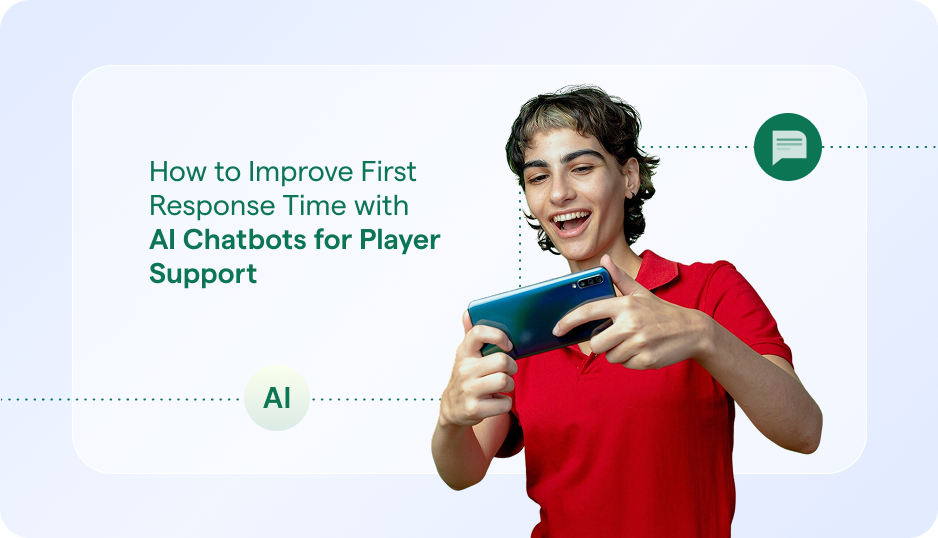Lifetime value is a term often used in marketing to describe the ROI (return on investment) an organization gets from a customer over the lifetime of that customer’s relationship with the company — the net profit the entire relationship will accrue. While it can be hard to derive, lifetime value is an important metric because acquiring new customers is expensive. The ability to weigh the acquisition cost against the lifetime value puts that initial cost in perspective and helps justify marketing and other types of expenditures and campaigns.
Harvard Business Review defines lifetime value as “The amount of profit your company can expect to generate from a customer, for the time the person (or company) remains a customer (e.g., x number of years).” It seems like a simple formula, but it can be a challenging one to track, even if it’s often referred to as one of the most important metrics to track.
You can begin to assess the metric of customer lifetime value using a few parameters such as:
- Average number of purchases per year
- Average spend per purchase
- Average discount rate
- Average gross margin on those purchases
- Direct marketing costs per customer per year
- Average customer retention rate
Note that lifetime value is also referred to as customer lifetime value (or CLV) and lifetime customer value.

Why Does Lifetime Value Matter in Customer Service?
Knowing customer lifetime value can help you segment your customers by their worth. By assessing this metric, you might figure out that customers who are making more purchases, but in smaller amounts, are more or less valuable to you than customers making fewer large purchases, for instance.
If you know that a certain group of customers are worth more to your company in the long run, these customers can be flagged for expedited support. Customers who are likely to renew a contract or continue a subscription, for instance, would receive quicker support than those who have made single purchases and are unlikely to reinvest.
How Helpshift Supports Lifetime Value
The customer support solutions Helpshift provides can promote a higher average lifetime value by engaging customers more thoroughly and retaining them more frequently.
With Helpshift, you can also leverage automation in order to route inquiries according to factors like customer lifetime value. Customers with lower lifetime value ratings would be routed more frequently to automated self-serve options, while high-lifetime-value customers would more frequently reach live agents for personalized support.



